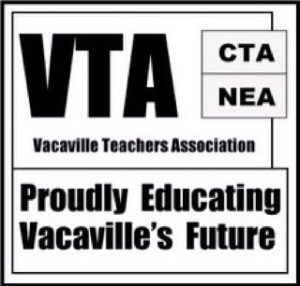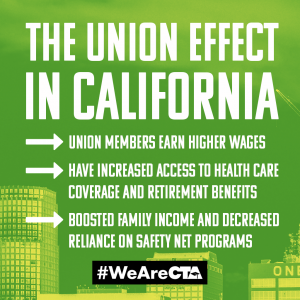BY TIM WALKER
Last week, the National Conference of State Legislatures (NCSL) released a report that warned in no uncertain terms that the U.S. education system was falling behind those of other nations. The study was the result of a bi-partisan working group that traveled to high-performing countries to determine what policies and practices could serve as a model back home.
Their conclusion? Much of what was succeeding in these systems could and should be replicated in the United States, including the necessary work around building a world-class teaching force. This entails more rigorous recruitment strategies, embedded professional development, career ladders for educators — and better pay:
In high-performing countries, teachers are compensated more generously than American teachers, typically earning pay similar to that of senior civil servants and professionals such as engineers and accountants. They are expected to be the best in the world and are compensated accordingly. Many nations view their teachers as “nation builders,” preparing the country’s next generation.
Educators in the United States are also expected to be the best, but are nonetheless asked to withstand a severe “teacher pay penalty” – the loss of income when choosing teaching over an alternate profession. While no one believes a career in the classroom will bring unbridled wealth, at least high-performing nations, as the NCSL study emphasizes, minimize the pay gap between their “nation builders” and other workers with similar education levels.
How teacher pay stacks up to other fields is a major factor in the decision whether to become an educator. Many parts of the country are facing crippling teacher shortages, retirements are ratcheting up, and the number of college students considering teaching as a profession is at an all-time low.
Teachers face low wages, high levels of student debt, and increasing demands on the job. Eliminating the teacher pay penalty is crucial to building the teacher workforce we need” – Lawrence Mishel, Economic Policy Institute
As Linda Darling-Hammond of Stanford University wrote in a 2016 paper:
“Even if teachers may be more motivated by altruism than some other workers, teaching must compete with other occupations for talented college and university graduates. … Teachers are more likely to quit when they work in districts with lower wages and when their salaries are low relative to alternative wage opportunities, especially in high-demand fields like math and science.”
In the bid to make a teaching a viable and attractive career option, the United States has a lot of ground to make up. The Economic Policy Institute recently analyzed the wages of educators relative to other workers and found that penalty teachers endure has become more severe.
“In order to recruit and retain talented teachers, school districts should be paying them more than their peers,” said Lawrence Mishel, co author of “The Teacher Pay Gap is Wider Than Ever.” “Instead, teachers face low wages, high levels of student debt, and increasing demands on the job. Eliminating the teacher pay penalty is crucial to building the teacher workforce we need.”




